Samsung has released the Galaxy S25 Edge, its thinnest smartphone ever, with a steep price tag no less. While the phone shares most of its components with the flagship Galaxy S25 series, some aspects can compromise the overall flagship experience.
Galaxy S25 Edge’s Biggest Trade-Off Is Its Battery Life
Samsung’s biggest achievement with the Galaxy S25 Edge is how the company has managed to cram the same hardware as its mainstream flagship, the Galaxy S25+ (including the screen, processor, memory, storage, and a better primary camera), in a slimmer chassis that is just 5.8mm thick (vs. 7.3mm on the S25+).
Simply put, the Galaxy S25 Edge is around 20% slimmer than the Galaxy S25+, and around 29% thinner than the top-tier Galaxy S25 Ultra. However, the engineering marvel comes at a cost, and I’m not talking about its literal retail price (we’ll come to that in a bit), but the compromises the ultra-thin flagship makes in terms of battery life. Let me explain.
The Galaxy S25 Edge has the smallest battery of all four models in the lineup, which includes the vanilla Galaxy S25 (4,000 mAh), Galaxy S25+ (4,900 mAh), and Galaxy S25 Ultra (5,000 mAh). How big of a difference can it make when the Galaxy S25 Edge’s battery is just 100 mAh smaller?
According to folks at Phone Arena, who’ve been conducting smartphone battery tests for a while now, the Galaxy S25 Edge lasts less than the regular Galaxy S25 between charges. While Samsung’s thinnest smartphone lasts six hours and 22 minutes, the baseline flagship provides seven hours and six minutes of backup.
That’s over 40 minutes, a significant difference that might determine whether your phone gets through an entire workday without needing a charger, or having your phone die on a call when you’re driving home, navigating your way to a weekend destination, or even trying to capture the perfect sunset photo before the battery goes out.
When compared to a phone of its screen size — the Galaxy S25+ — the S25 Edge offers around 15% less battery life. Please keep in mind that the difference might not be the same for everyone, as light users or people owning the S25 Edge as their secondary smartphone might be able to go an entire day without charging the phone. Still, for power users or gamers, the difference will be noticeable, and, not to mention, annoying.
In a world where smartphones are becoming increasingly important for everyday communication, navigation, and entertainment, those 40 minutes can truly impact your convenience and peace of mind. We need smartphones that last longer, not ones that compel us to carry power banks, adapters, and wires at all times.
I am not saying that the S25 Edge doesn’t do an excellent job for a phone of its thickness, but it would have turned more heads had the phone retained the effective battery life of a mainstream flagship while cutting down the additional millimeters off its side profile.
And it’s not like this is impossible, as we’ve already seen some Chinese brands equip their Android smartphones with a 6,000 or 7,000 mAh battery while retaining a side profile of 7 or 8mm, courtesy of the new silicon-carbon batteries with a higher energy density.
It could be that Samsung is being extra cautious with its batteries, but at least for now, I don’t see the Galaxy S25 Edge competing with some mid-rangers, let alone the mainstream flagships, in terms of battery life. Choosing form over function, and a critical function no less, doesn’t seem like a step in the right direction.
However, if you’re ready to make the compromise or already carry a power bank with you at all times, this shouldn’t bother you.
The S25 Edge Charges Slower Than the Vanilla S25
Normally, it would make sense for a manufacturer to compensate with faster charging speeds if the battery life isn’t great. We’ve seen this trend for the longest time on OnePlus flagships, especially the four to five-year-old models like the OnePlus 10 Pro and the OnePlus 11.
These phones didn’t provide the best battery life in the segment, but they offered exceptionally fast wired charging speeds. For instance, the OnePlus 10 Pro featured a 5,000 mAh battery with 65W wired charging and 50W wireless charging, while the OnePlus 11 increased the charging speed further to 80W.
Fast charging unlocks the ability to restore a higher portion of the battery in dramatically less time. So, even if my phone’s battery doesn’t last as long, I could plug it in for 10 to 15 minutes and get enough power to last until I put it down at night. As smartphone technology has advanced, we now have more efficient chipsets with bigger batteries and faster charging speeds.
However, the Galaxy S25 Edge has only one of the three qualities: a power-efficient Snapdragon 8 Elite chipset based on TSMC’s second-generation 3nm fabrication technology. For a smartphone that costs over $1,000, the S25 Edge offers frustratingly slow charging speeds.
The Galaxy S25 Edge supports 25W wired and 15W wireless charging (and it is Qi2-ready like the test of the company’s flagships). However, Samsung’s thinnest smartphone charges even slower than the Galaxy S25 (via Tom’s Guide), which supports the same wired charging speed. This makes the S25 Edge the slowest-charging smartphone in the lineup.
In my opinion, the handset could have benefited from 45W wired charging, something that the S25+ and the S25 Ultra already offer. Per the official press release, the phone already has a vapor chamber to keep the motherboard’s temperature in check, suggesting that thermal management shouldn’t be as big a problem while implementing faster charging.
To summarize, the Galaxy S25 Edge is among the most premium (and expensive) handsets in the lineup, yet somehow, it offers the slowest charging speed. If you wish to get the phone anyway, you can mitigate the issue by charging the phone overnight.
No Telephoto Zoom Lens Like the Other S25 Models
The Galaxy S25 Edge is creating a category of its own, and soon enough, the Cupertino giant Apple is about to jump onto the ultra-thin flagship bandwagon with its rumored iPhone 17 Air. However, besides a small battery, there’s another aspect where handsets are a big step back compared to the regular, not-so-thin flagships: cameras.
Usually, I tell people that a smartphone’s camera quality and performance are directly proportional to its cost. You can get decent cameras in mid-range phones that cost around $500 to $600 (like the Pixel 9a), but around the $1,000 mark is where you get top-tier hardware for professional smartphone photography.
I’m talking about larger sensors that capture better low-light pictures, multiple lenses that unlock various perspectives, high-resolution telephoto sensors that provide unbelievable zoom range, and sophisticated computational photography algorithms that can handle challenging light conditions, retain exceptional detail, and provide features like manual video recording settings.
It is commendable that Samsung has managed to equip the S25 Edge with the same 200MP HP2 primary sensor as the S25 Ultra by reducing the thickness of the lens structure by 18%, alongside the 12MP (f/2.2, PDAF) ultrawide sensor that can also capture macro pictures. Early reviews also suggest that the main camera performs as well as the one on the Ultra, but the lack of a dedicated zoom sensor is a big miss.
However, once you start zooming in, the 200MP sensor should hold good until 4x or maybe 10x, but beyond those levels, the lack of a dedicated telephoto lens becomes noticeable. The ultrawide sensor is also a step down from the 50MP sensor on the S25 Ultra. While regular pictures should look the same, you’ll notice a difference in detail when you start cropping them.
I am not saying that the cameras on the Galaxy S25 Edge aren’t good, but they aren’t as versatile as those on the Galaxy S25 Ultra, or other $1,000 premium handsets, like the iPhone 16 Pro or the Pixel 9 Pro, for that matter.
Lack of an Anti-Reflective Display Coating
The first time I held a Galaxy S25 Ultra next to my iPhone 16, I was stunned to see how the Samsung flagship’s screen had visibly fewer reflections than the iPhone. Even indoors, the Corning Gorilla Armor 2 glass helps reduce the glare from ceiling lights, increasing the overall visibility of the S25 Ultra’s screen.
That’s a quality that doesn’t get mentioned enough, but makes a lot of difference in the overall usage experience. Unfortunately, the S25 Edge’s screen doesn’t get the anti-reflective treatment. As the official release mentions, the thin flagship features Corning’s Gorilla Glass Ceramic 2.
While the Gorilla Glass Ceramic 2 focuses more on durability, crack resistance, and high optical transparency, it doesn’t have the anti-reflective properties of the Gorilla Armor 2. This is probably why Samsung is selling a $17.49 anti-reflective film for the Galaxy S25 Edge.
Form Over Function: The S25 Edge Is Way Too Expensive
The S25 Edge, with an ultra-thin chassis, costs $1,099.99 for the 256GB variant, but an introductory offer gets you the 512GB variant at the same price. The sleek profile has notable trade-offs, including a 3,900 mAh battery, a 25W wired charging rate, a two-camera setup on the back, and a screen that doesn’t have anti-reflective properties.
At $1,099.99, the S25 Edge is already more expensive than the $859.99 Galaxy S25 (256GB) and the $999.99 Galaxy S25+ (256GB), raising a question about the price-to-value proposition the phone offers and the premium it demands solely for its slim design. But wait a minute, S25 Edge should surely be more affordable than the Ultra, right?
Surprisingly, the S25 Ultra is currently available at $1,049.99 at Best Buy for the 256GB unlocked variant, and activation with a carrier (at the time of purchase) will help you save another $100, reducing the effective price to $949.99. Even the 512GB variant is up for grabs at $1,169.99 unlocked or $1,069.99 with activation.
Galaxy S25 Edge | Galaxy S25 | Galaxy S25+ | Galaxy S25 Ultra | |
128GB | $1,099.99 | $799.99 | – | – |
256GB | $1,219.99 | $859.99 | $999.99 | $1,299.99 |
512GB | – | – | $1,119.99 | $1,419.99 |
1TB | – | – | – | $1,659.99 |
Both phones offer a gorgeous display with narrow bezels, the Snapdragon 8 Elite chipset (one of the fastest chips for Android phones), a 200MP primary camera with excellent details, seven years of operating system and software updates, and all the latest Galaxy AI features, all crammed inside a premium titanium chassis (thinner on the Galaxy S25 Edge vs. thicker on the Galaxy S25 Ultra).
In a nutshell, the S25 Ultra, while being more affordable than the S25 Edge, offers a larger screen, four camera sensors (including two with telephoto lenses), a laser autofocus setup, a significantly bigger battery, and an in-built S Pen.
The S25 Edge could still cater to a small audience that fathoms a slim profile above all, thanks to Samsung’s undeniably exquisite design, but placing a premium price on a singular attribute, especially when the phone compromises on some of the most fundamental aspects of a flagship experience, is a bit puzzling.


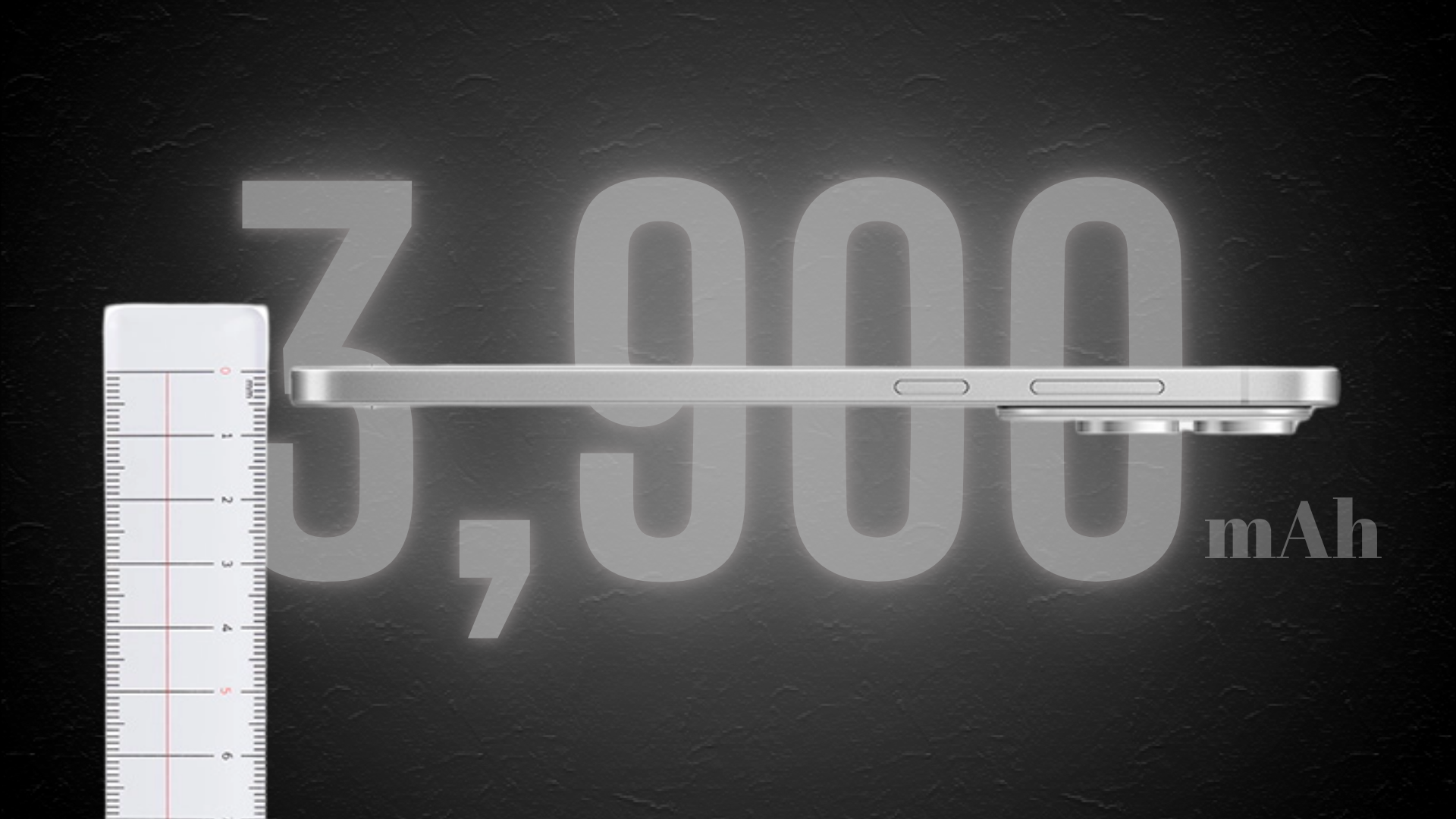
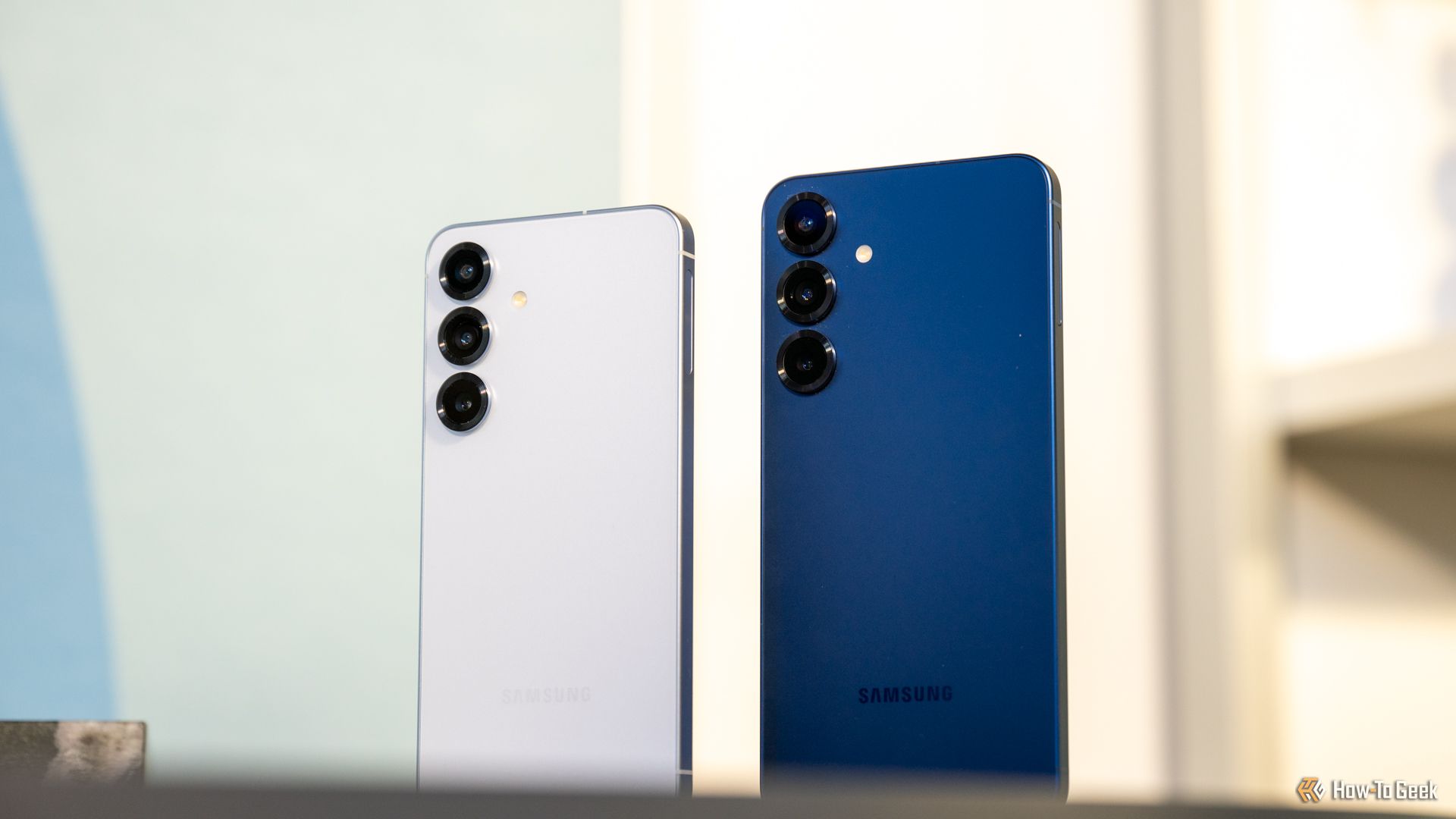
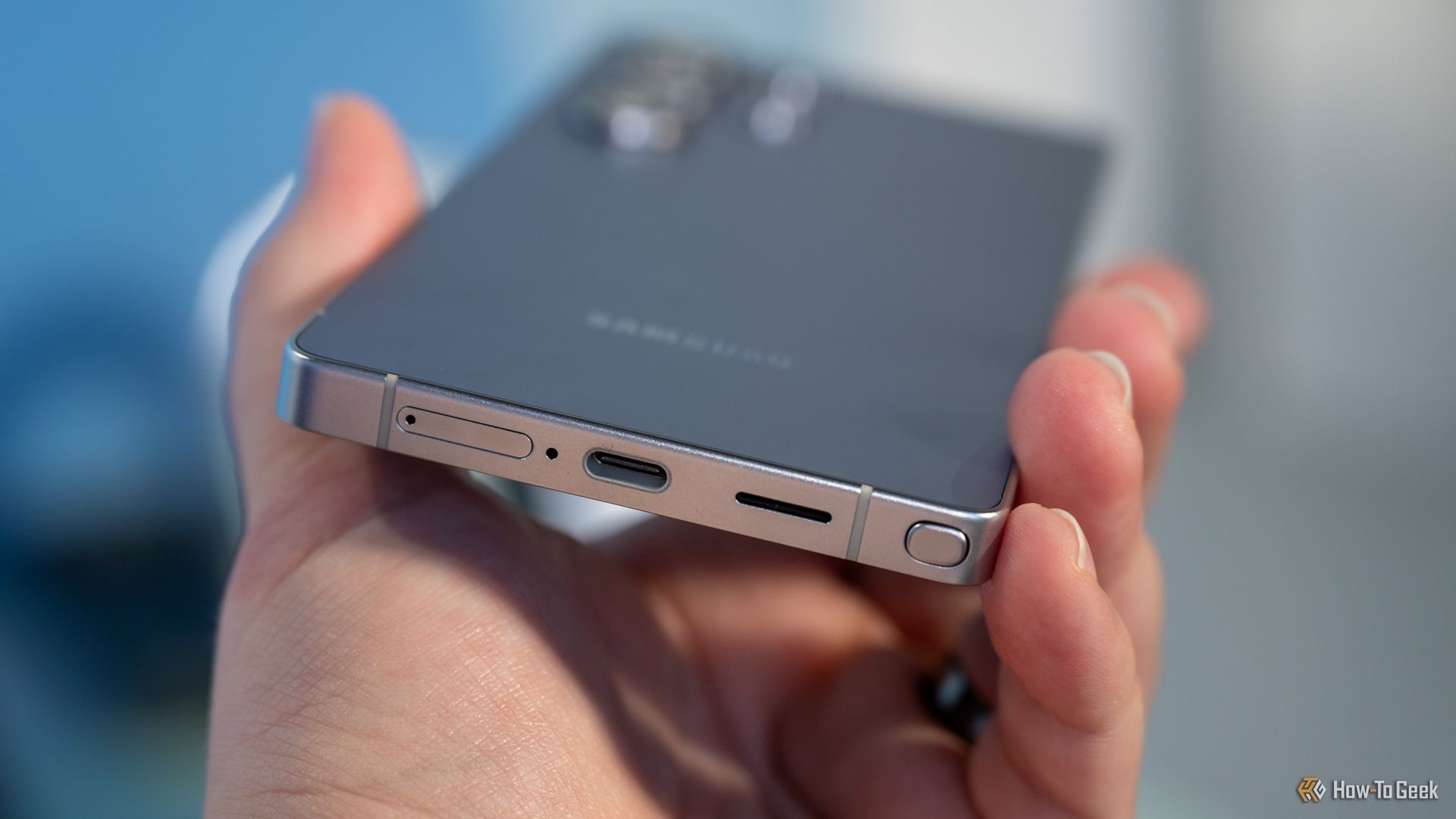

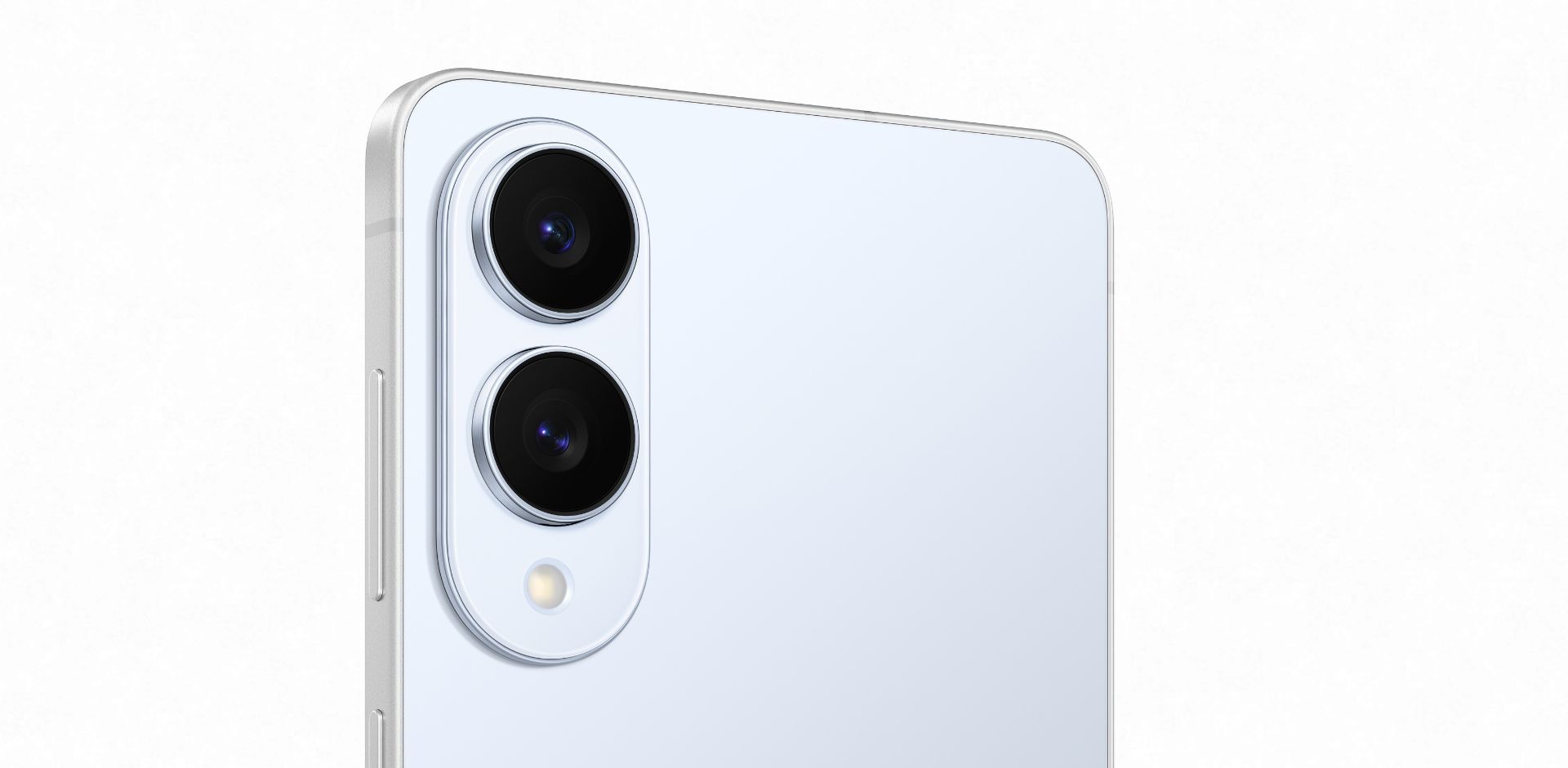
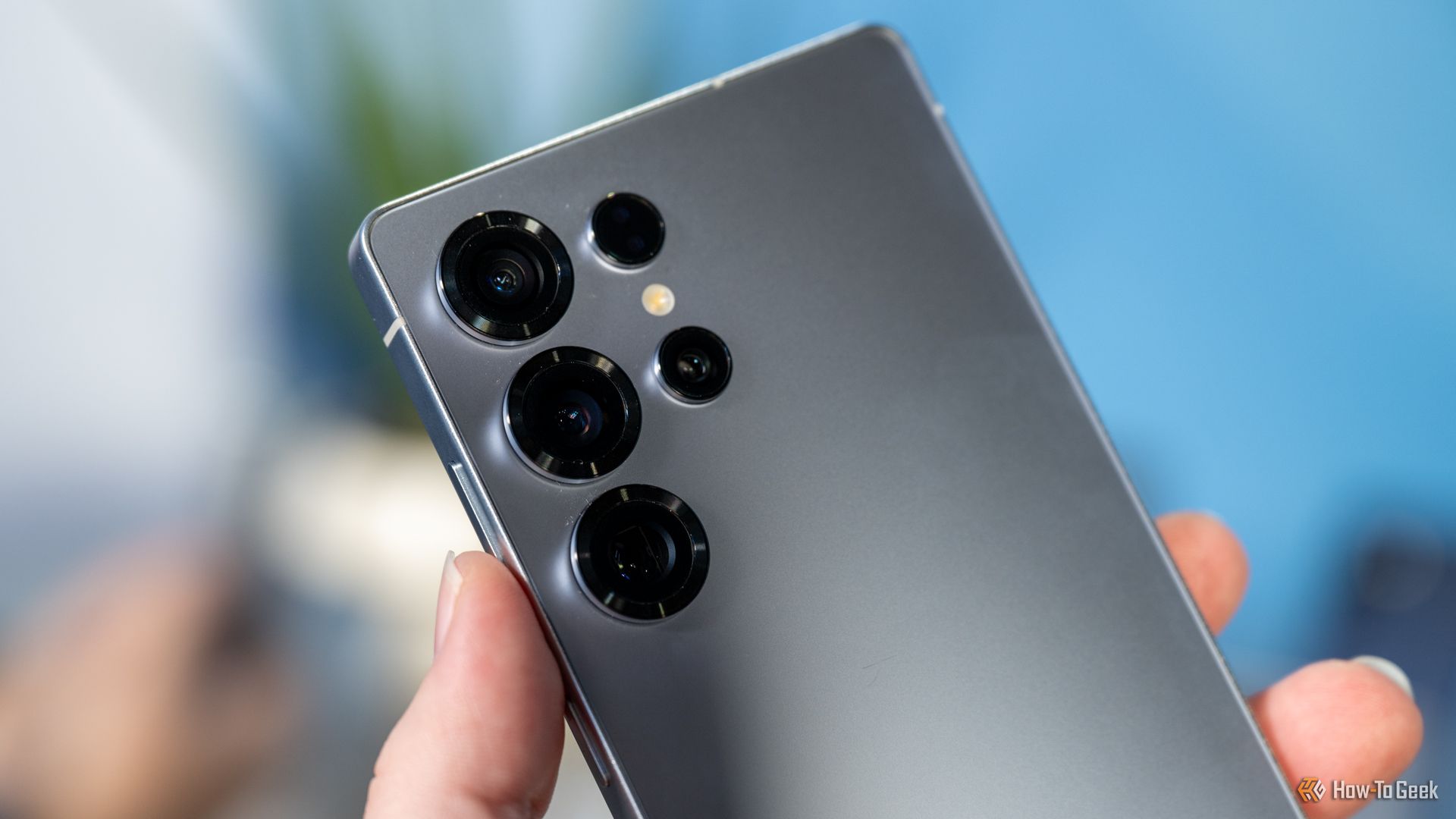
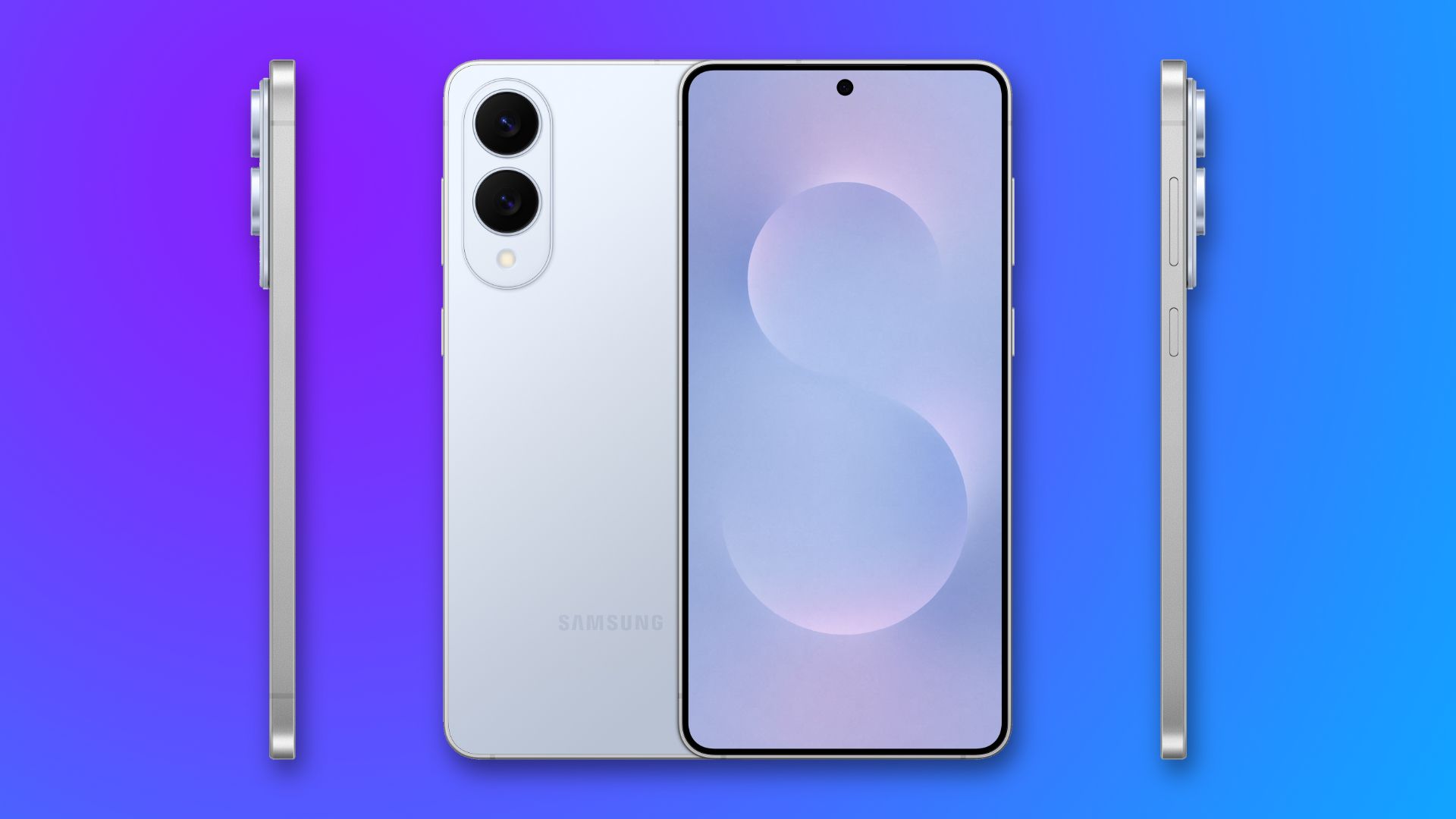
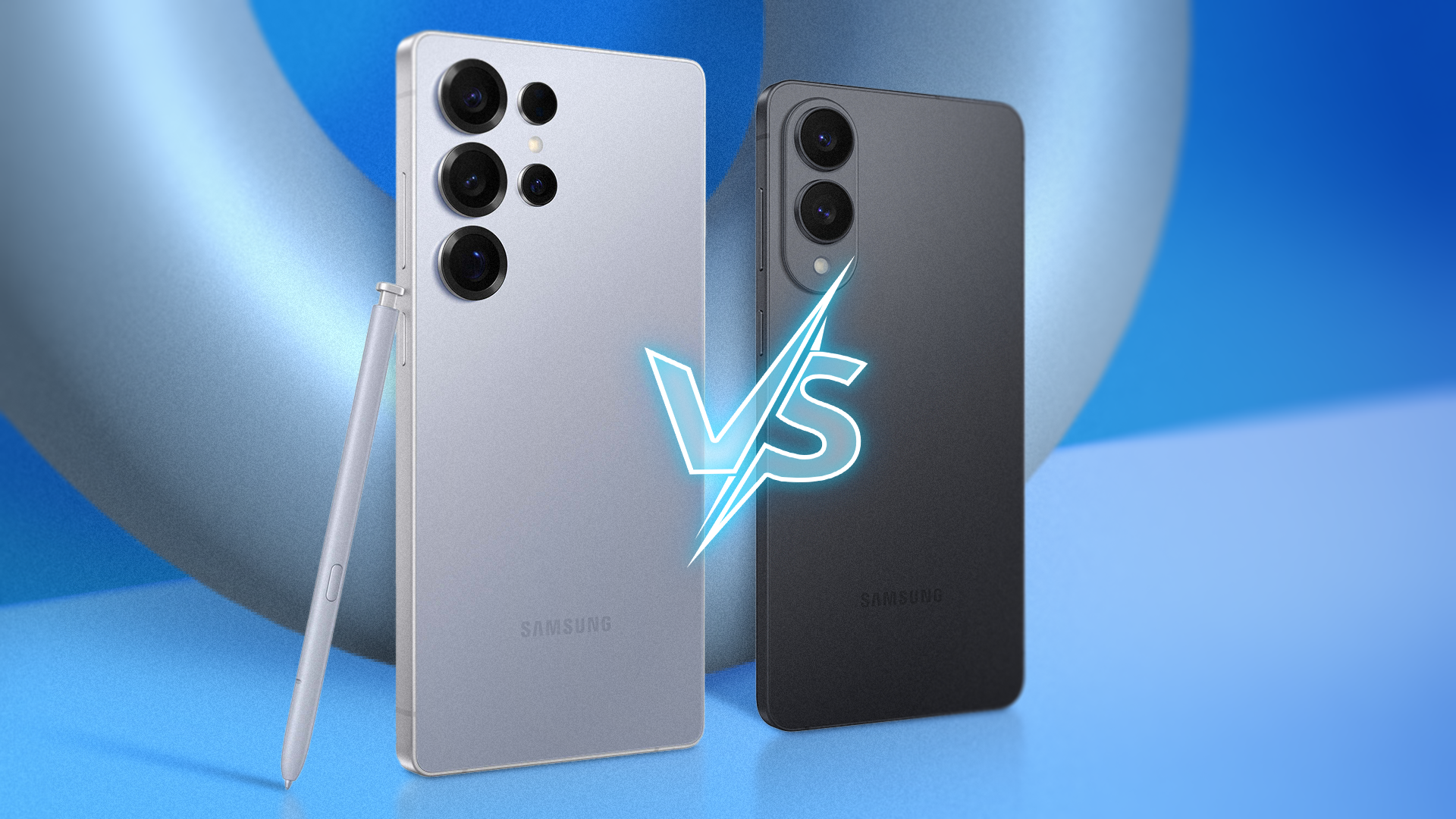





Leave a Comment
Your email address will not be published. Required fields are marked *